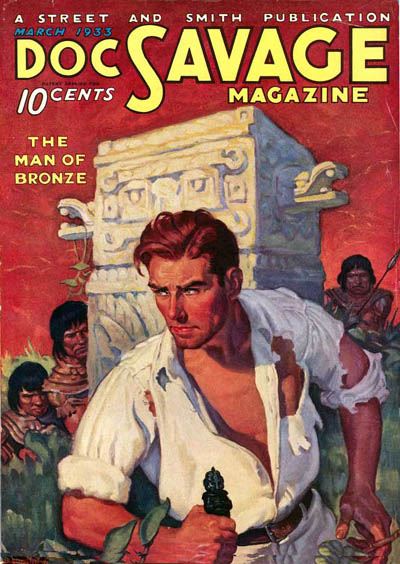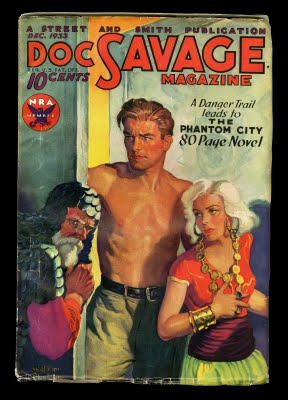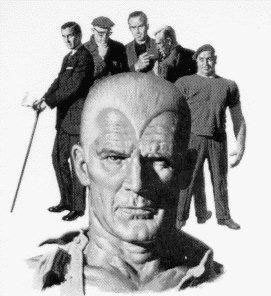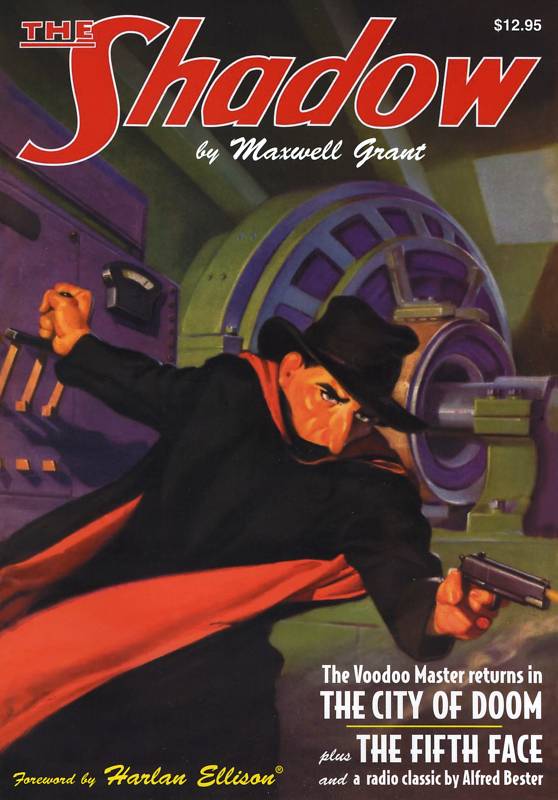
This is not your grandfather’s Tonto.
Today’s release of the first image from the new Gore Verbinski “Lone Ranger” movie has a few people doing double takes.
And it no doubt has some longtime fans of the radio and TV Masked Rider of the Plains and his Faithful Indian Companion perplexed.
I’m willing to wait and see if this new take on the Lone Ranger and Tonto will be a hit or a miss on the order of “The Green Hornet” (coincidentally a descendant of the Lone Ranger. But that’s a story for another time) remake.
I grew up on reruns of the “Lone Ranger” TV series, like a lot of late Boomer boys. I was born well after the show ended its run in 1957, but by the mid-1960s the half-hour Western adventure series was an after-school staple in TV syndication.
I even got to meet Clayton Moore, who played the Lone Ranger during most of the TV series, in the early 1980s when he was making personal appearances in wrap-around sunglasses instead of a mask. Moore had been appearing in public as the Lone Ranger for years after the show ended and Jack Wrather, who owned the rights to the character, sued to prevent Moore from wearing the mask.
When Moore appeared at Ball State University here in Muncie, I covered it for The Muncie Evening Press.
It was hard not to be touched — and a bit amazed — by this earnest man, whose greatest role had typecast him, but who was still turning out for 50 or 100 people at a time in cities all over the country, demonstrating his quick-draw skills (all the while advising kids on gun safety) and talking about the Lone Ranger creed:
I believe…
- that to have a friend, a man must be one.
- that all men are created equal and that everyone has within himself the power to make this a better world.
- that God put the firewood there, but that every man must gather and light it himself.
- in being prepared physically, mentally, and morally to fight when necessary for that which is right.
- that a man should make the most of what equipment he has.
- that ‘this government of the people, by the people, and for the people’ shall live always.
- that men should live by the rule of what is best for the greatest number.
- that sooner or later…somewhere…somehow…we must settle with the world and make payment for what we have taken.
- that all things change but truth, and that truth alone, lives on forever.
- in my Creator, my country, my fellow man.
Moore was one of a kind. I’d be surprised if Armie Hammer, in the new movie, erases any longtime memories of the original actor.

As for Johnny Depp and Jay Silverheels …
Silverheels, who died in 1980, played a character who I’m sure many consider undignified today, even though, as sidekicks go, he was hardly the laughingstock that Watson was to Sherlock Holmes in old Basil Rathbone movies. Silverheels’ Tonto was a brave, intrepid companion to Moore’s Texas Ranger character. And yes, he was definitely the secondary character.
It’ll be interesting to see what Depp does with the character. The look, as seen in this photo, is a variation — to say the least — from Silverheels’ buckskin-and-headband style. I honestly can’t comment on the makeup or the bird, but I’m guessing there’s a historical basis for their addition to the costume.
I’m more worried about Depp’s vow to make Tonto the more dynamic, more interesting of the two characters. Armie Hammer is no Seth Rogen — Hammer, from “The Social Network,” was set to play Batman in the “Justice League” movie that got canned a few years ago — but I’m worried the plan for “The Lone Ranger” is to make Tonto as cool as Kato and the Ranger as bumbling as Rogen’s Hornet.
Here’s hoping the movie doesn’t take a (silver) bullet.


























